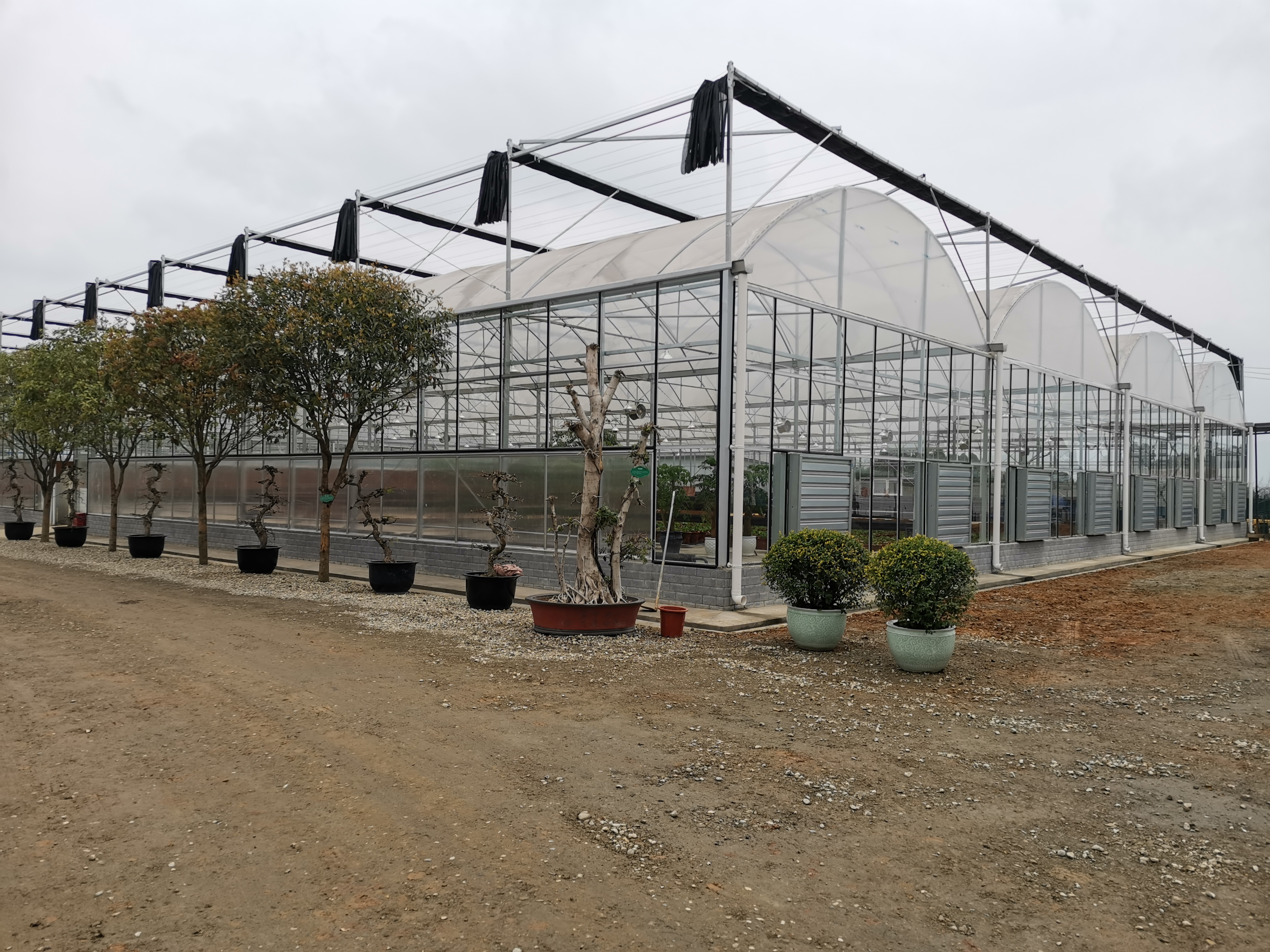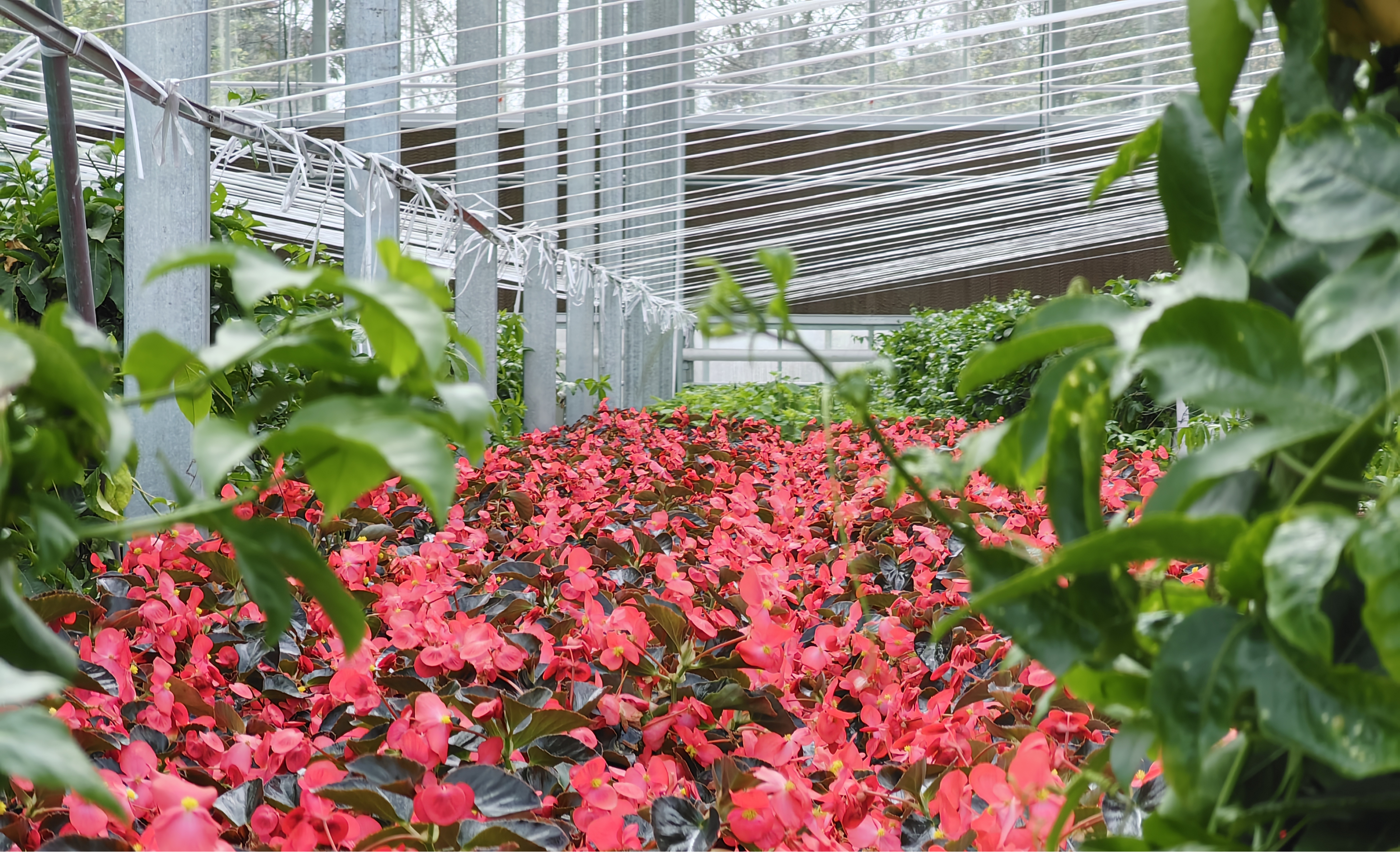When it comes to greenhouse design, there are numerous options available to suit different climates, needs, and budgets. The right choice can help farmers and growers improve productivity and crop quality. But how do you choose the best greenhouse design? Let's take a look at some common greenhouse designs and their features to help you find the most suitable option.
1. How Climate Affects Greenhouse Design
The first factor to consider when choosing a greenhouse design is the climate. Cold regions require more insulation, while tropical or subtropical areas need better ventilation and cooling systems. For example, in northern Canada, A-frame greenhouses often use thick glass or polycarbonate panels to keep the inside warm during the harsh winter. On the other hand, in tropical regions like Thailand, greenhouses often use breathable plastic films to promote airflow and manage high temperatures.
2. Common Greenhouse Designs: From Simple to Complex
A-frame Greenhouse: Simple and Practical
The A-frame greenhouse features a simple structure, often covered with glass, plastic film, or polycarbonate panels. It is one of the most popular designs due to its light transmission properties and suitability for a wide variety of crops. While it’s effective in many areas, it’s not ideal for cold regions because it has poor insulation.
In the Netherlands, for example, vegetable growers use A-frame greenhouses extensively. The design maximizes space and light for optimal plant growth. However, it often requires supplementary heating in winter to maintain a stable temperature.
Arch-shaped Greenhouse: Stable and Weather-resistant
The arch-shaped greenhouse has a curved roof structure that can withstand heavy snow and wind. This makes it ideal for colder or wind-prone areas. The shape also allows for better space utilization, making it suitable for large-scale farming.
In the northeastern United States, many farms opt for arch-shaped greenhouses as they can endure heavy snow while maintaining a steady internal temperature, preventing roof damage.
Walipini Greenhouse: An Energy-efficient Option
A Walipini greenhouse is partially or entirely buried underground, using the soil's stable temperature to maintain a constant environment inside. This design doesn't require external heating systems, as the earth naturally provides warmth. Additionally, during the summer, it helps to cool the environment inside.
For instance, in Colorado, many farms have adopted this design, which allows them to maintain a warm internal temperature during the winter without relying on expensive heating systems. It's an energy-efficient and sustainable choice for long-term savings.


3. How to Choose the Right Greenhouse Design
Consider Your Budget and Costs
Different greenhouse designs come with varying price tags. A-frame greenhouses are relatively inexpensive to build, making them an attractive option for smaller-scale farms or startup growers. In contrast, arch-shaped and Walipini greenhouses tend to cost more to construct, but they offer long-term savings due to their better insulation and energy efficiency.
A-frame greenhouses may cost around $10 to $15 per square meter to build, while Walipini greenhouses could range from $20 to $30 per square meter. However, Walipini greenhouses can significantly reduce energy costs over time, making them a more economical choice in the long run.
Focus on Energy Efficiency
Many modern greenhouse designs aim to save energy and improve efficiency. Walipini greenhouses take advantage of the earth's natural temperature, reducing the need for external heating. Some greenhouses are also equipped with solar panels or smart control systems, which optimize temperature, humidity, and irrigation automatically, reducing energy consumption.
For instance, high-tech greenhouses in the Netherlands often have smart climate control systems that automatically adjust temperature, humidity, and water levels to create the ideal growing environment for crops.
4. Material Innovations: Enhancing Greenhouse Performance
New materials have brought significant improvements to greenhouse designs. Polycarbonate panels and double-layered films not only provide better insulation but also have a longer lifespan, reducing maintenance costs.
Chengfei Greenhouses, for example, uses high-performance polycarbonate panels. These materials maintain a stable temperature inside the greenhouse even in extreme weather conditions, while also offering protection from harmful UV rays, ensuring a safe environment for crops to grow.

5. Conclusion: Choose Based on Your Specific Needs
In summary, the best greenhouse design depends on a variety of factors, including your local climate, budget, and energy efficiency needs. There is no one-size-fits-all solution, but by understanding your unique requirements, you can select the most suitable design for your crops.
Welcome to have a further discussion with us.
Email:info@cfgreenhouse.com
Phone:(0086)13980608118
Post time: Mar-28-2025







 Click to Chat
Click to Chat